Most Unsettling Pages Anyone Can Find on Wikipedia Right Now
Wikipedia is often the first stop for casual curiosity, but some of its most disturbing pages are anything but casual. In between histories and biographies, you will find deeply unsettling entries backed by verified sources and forensic records. These are real cases, real people, and real consequences.
This list features 20 of the most unsettling pages, focusing strictly on facts.
Junko Furuta
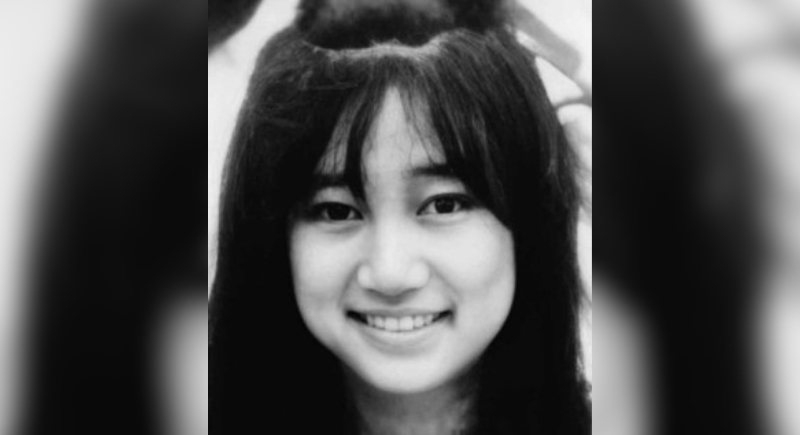
Credit: Wikipedia
In 1988, 17-year-old Junko Furuta was held in a Tokyo residence for over a month. During that time, she endured sustained mistreatment before her body was recovered from a concrete drum. Legal records show her attackers, all minors, received reduced sentences under juvenile law.
David Parker Ray

Credit: Wikipedia
Ray’s trailer, known as the “Toy Box,” was equipped with recording equipment, surgical tools, and soundproofing. Survivors recounted what happened inside, but no bodies were ever confirmed. Despite the absence of remains, the physical evidence and witness testimony formed the basis of his arrest. He died before sentencing.
Hello Kitty Murder

Credit: pexels
In 1999, Fan Man-yee was confined in a Hong Kong apartment. After she stopped responding, her remains were partially concealed inside a plush toy. A teenager living with the suspects later reported the incident to authorities, which led to arrests and convictions.
Unit 731
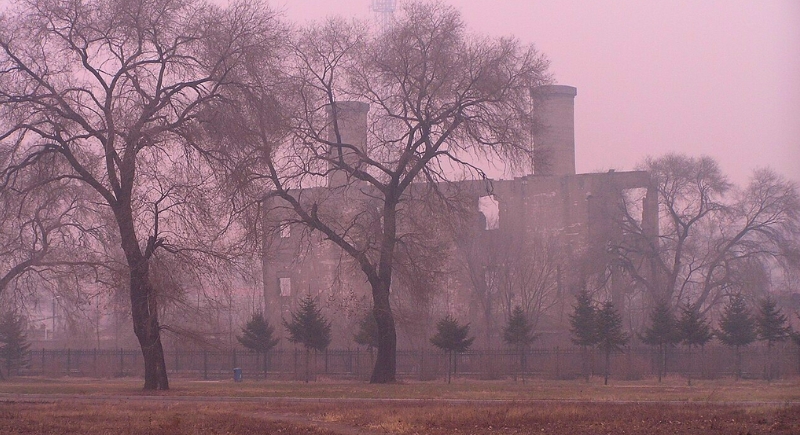
Credit: Wikimedia
During World War II, Japan’s Unit 731 carried out biological and chemical experiments on prisoners and civilians, mostly in occupied parts of China. After the war, evidence of these operations surfaced through documents and survivor testimony. Several members avoided prosecution by providing their research data to the United States, a decision that remains a source of political and moral dispute to this day.
Christine Chubbuck
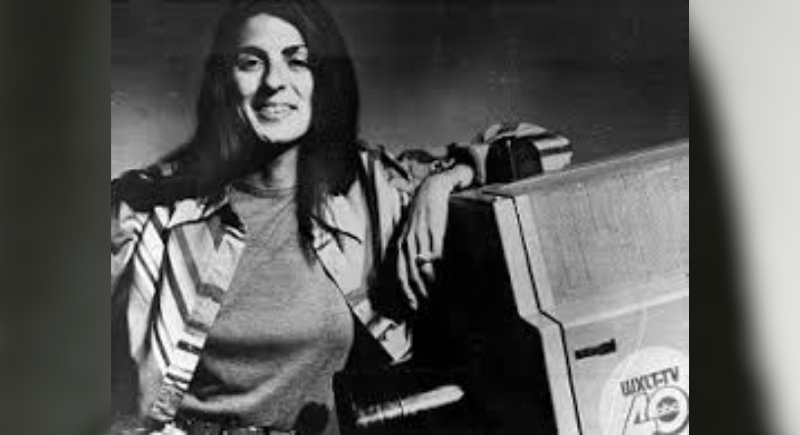
Credit: Wikimedia Commons
Live television turned into an ethical landmark after Christine Chubbuck took her life during a morning broadcast in Florida. She had typed up her own obituary beforehand. The incident prompted long-term changes in how mental health is handled behind newsroom doors and in live programming across the country.
Sylvia Likens
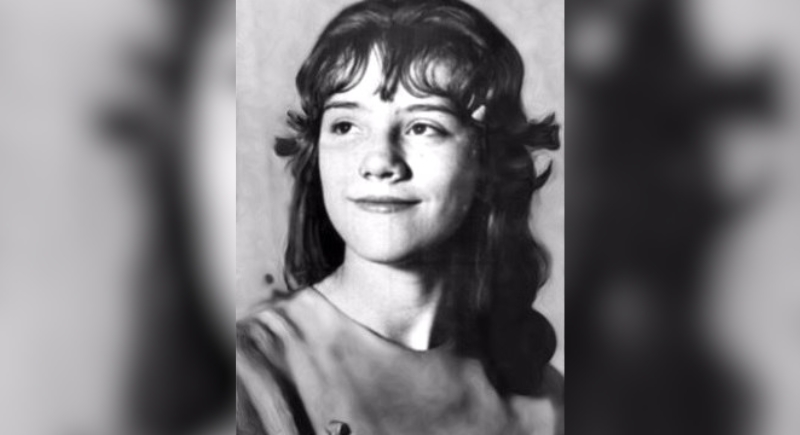
Credit: Wikimedia Commons
Sylvia Likens, a teenager from Indiana, was placed in the care of Gertrude Baniszewski. Over several weeks, witnesses later testified to severe mistreatment by Baniszewski, her children, and neighborhood youth. A coroner’s report listed multiple internal injuries and extreme neglect.
Genie (Feral Child)
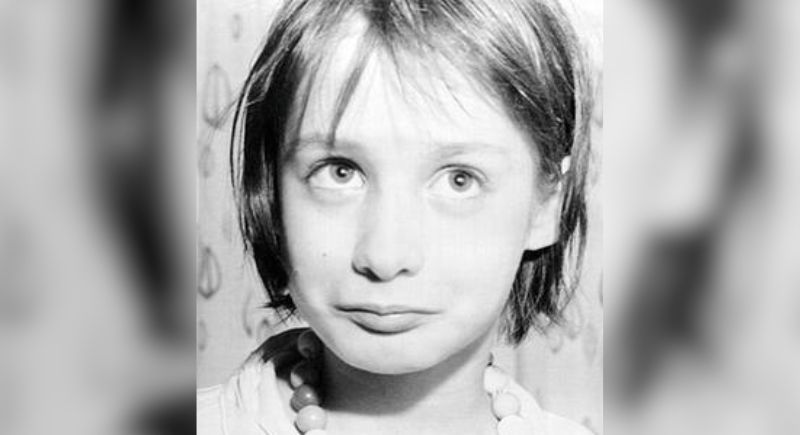
Credit: Wikimedia Commons
In 1970, authorities discovered a 13-year-old girl in California with minimal language ability. She had been isolated since infancy. When found, she couldn’t speak. Researchers saw an unprecedented case in language development, but the project collapsed amid ethical disputes and custody battles.
Anneliese Michel
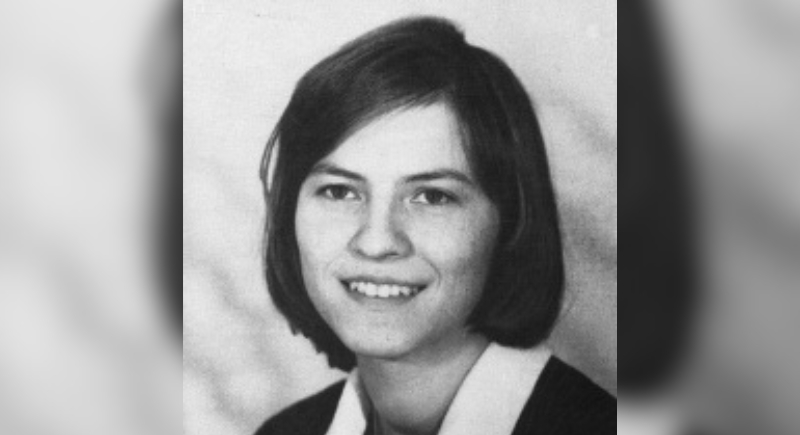
Credit: Wikimedia Commons
Anneliese’s symptoms were interpreted as demonic possession by her family and local clergy. A series of exorcisms was carried out, recorded on cassette tapes still circulating online. She died in 1976 from malnutrition. The trial that followed challenged how mental illness and religious belief intersect in German law.
Jaycee Dugard

Credit: Wikimedia Commons
Dugard was taken from a California street in 1991 and found 18 years later living on the property of Phillip and Nancy Garrido. She had two children during that time. Missed monitoring opportunities by federal officers led to internal reviews and procedural changes.
Peter Scully
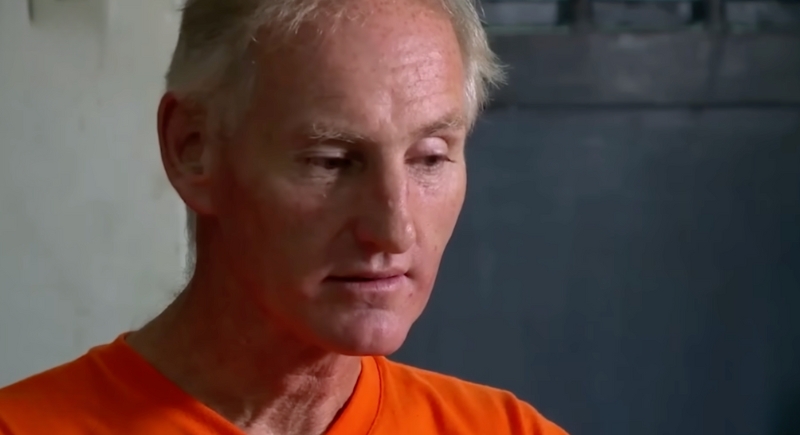
Credit: Youtube
Peter Scully operated a global abuse ring from the Philippines, selling videos online that drew investigators from several countries. Authorities traced the crimes through financial records and digital evidence, leading to his arrest. He is serving multiple life sentences, while some victims have never been identified.
Byford Dolphin Incident

Credit: Wikimedia Commons
An offshore oil platform accident in 1983 resulted in one of the most gruesome decompression events ever recorded. A technician was instantly killed when a chamber was opened too early, causing his body to explode under pressure. The accident became a case study in subsea engineering safety worldwide.
Josef Fritzl
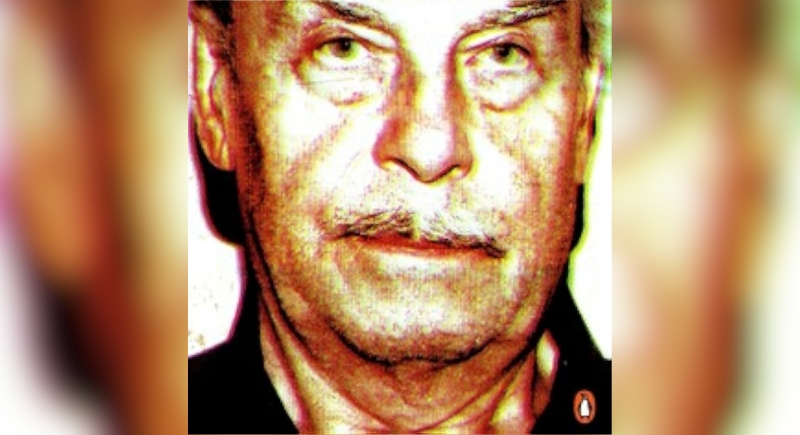
Credit: IMDb
Austrian police discovered Fritzl’s daughter and her children living in a basement with no windows or access to the outside. DNA tests confirmed he was the father of all the children. The house had a hidden door with an electronic lock. It had gone unnoticed by neighbors for decades.
Skylar Neese

Credit: Wikimedia Commons
West Virginia student Skylar Neese left home in 2012 and did not return. Months later, two of her classmates confessed to planning her death. The case led to new policies allowing for earlier classification of missing teenagers in state systems.
Tool Box Killers
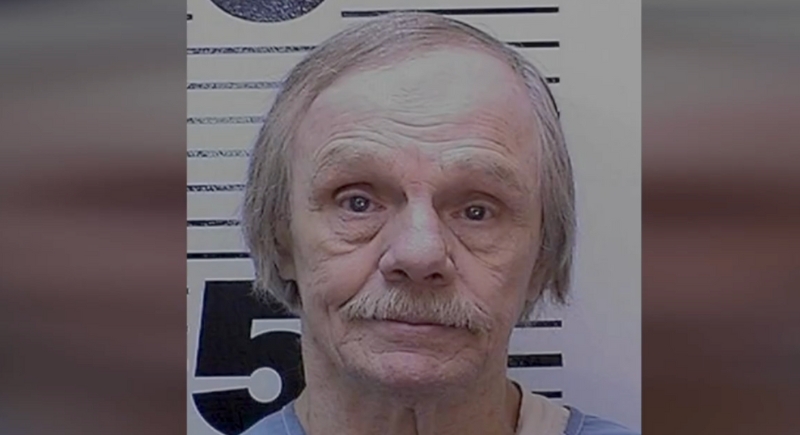
Credit: Youtube
Lawrence Bittaker and Roy Norris earned their nickname from the pliers, ice picks, and hammers used in a series of abductions in California. Their tape-recorded assaults were so disturbing that one juror requested therapy. Prosecutors never released the recordings, citing their psychological impact on listeners.
Shanda Sharer
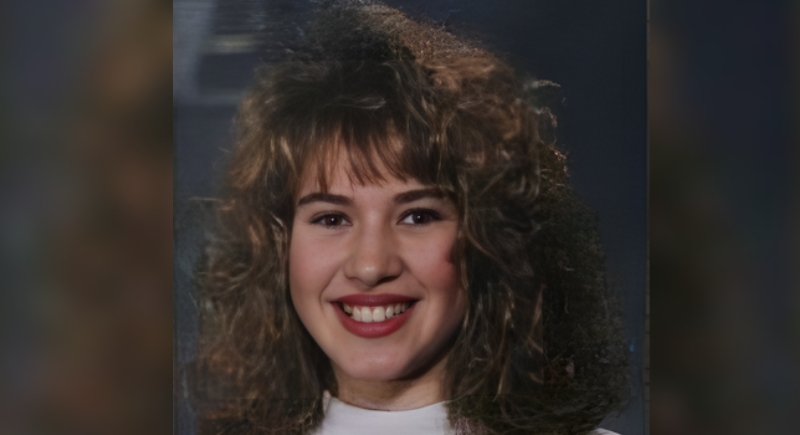
Credit: Wikimedia Commons
In 1992, 12-year-old Shanda Sharer was abducted from her Indiana home by four teenage girls. They drove her to a remote area, tortured her for hours, and killed her. Forensic reports confirmed multiple burns and stab wounds. One perpetrator’s release after 15 years renewed public debate over juvenile sentencing and accountability in violent crimes.
Carl Tanzler
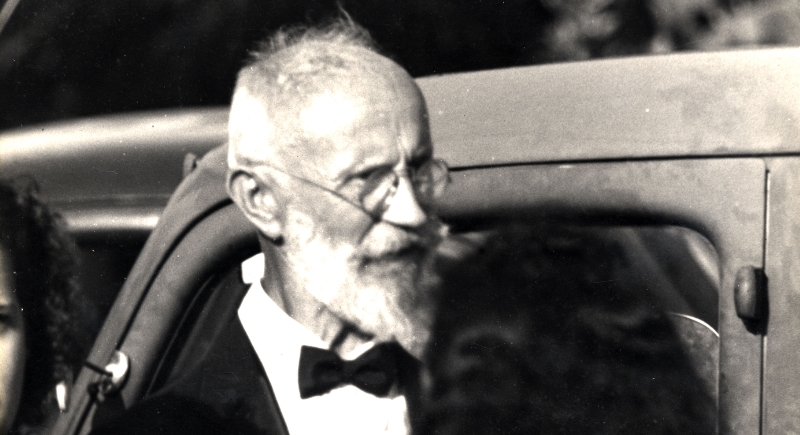
Credit: Wikimedia Commons
A hospital radiologist in 1930s Florida, Carl Tanzler, developed an obsessive attachment to a patient who died from tuberculosis. Two years after her burial, he removed her remains and attempted to preserve them using wax, wire, and fabric. Discovered only when her sister grew suspicious, he avoided prosecution due to legal time limits.
Kelly Anne Bates
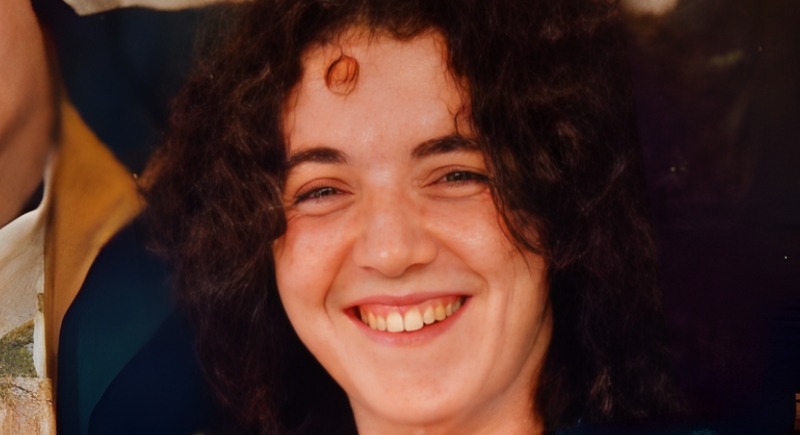
Credit: Wikimedia Commons
Seventeen-year-old Kelly Anne Bates was found dead in her Greater Manchester home in 1996, with injuries spanning her entire body. Her partner, a man twice her age, confessed after initial denials. The case gained attention not only for its brutality but also for the prolonged signs of control and isolation documented in testimony.
Lina Medina
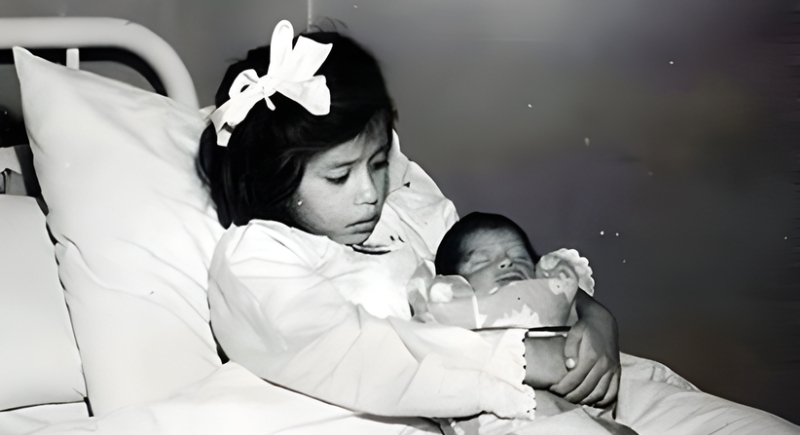
Credit: Wikimedia Commons
In 1939, five-year-old Lina Medina gave birth in Peru, becoming the youngest confirmed mother in medical history. Doctors determined she had an extreme form of early puberty, and several medical teams documented the case to rule out fabrication. The father was never identified, and Medina has chosen to keep her life private ever since.
Fatal Familial Insomnia
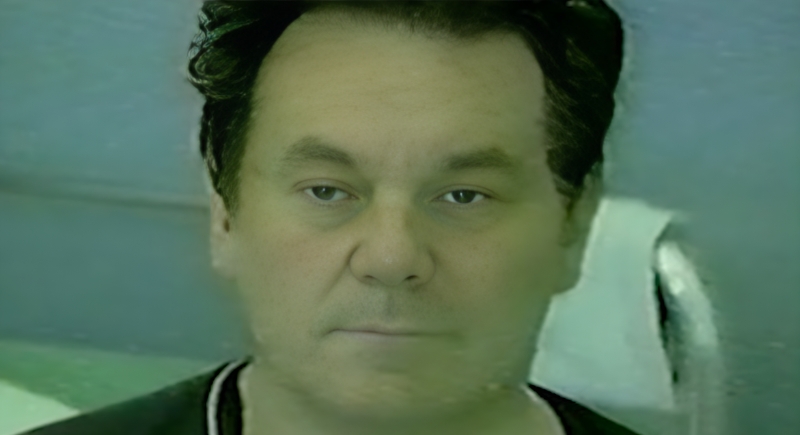
Credit: Youtube
A rare genetic disorder passed through families, Fatal Familial Insomnia causes the gradual inability to sleep, followed by confusion, loss of coordination, and death, typically within months. The disease targets a specific region of the brain. Diagnosis is only certain through DNA analysis or post-mortem examination, and there is currently no effective treatment.
Waverly Hills Sanatorium
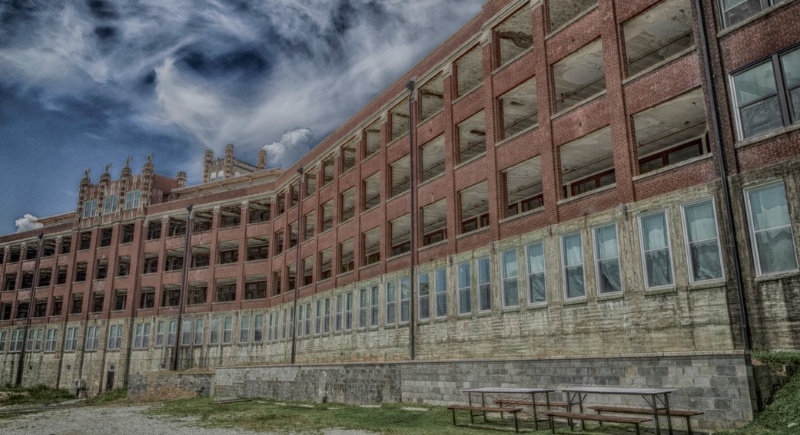
Credit: Wikimedia Commons
Built in 1910 to treat tuberculosis patients in Kentucky, Waverly Hills recorded high occupancy and mortality rates during outbreaks. After closing, the building cycled through failed redevelopment projects. Its history of suffering and reports of unexplained noises and figures have made it a frequent subject in paranormal folklore.